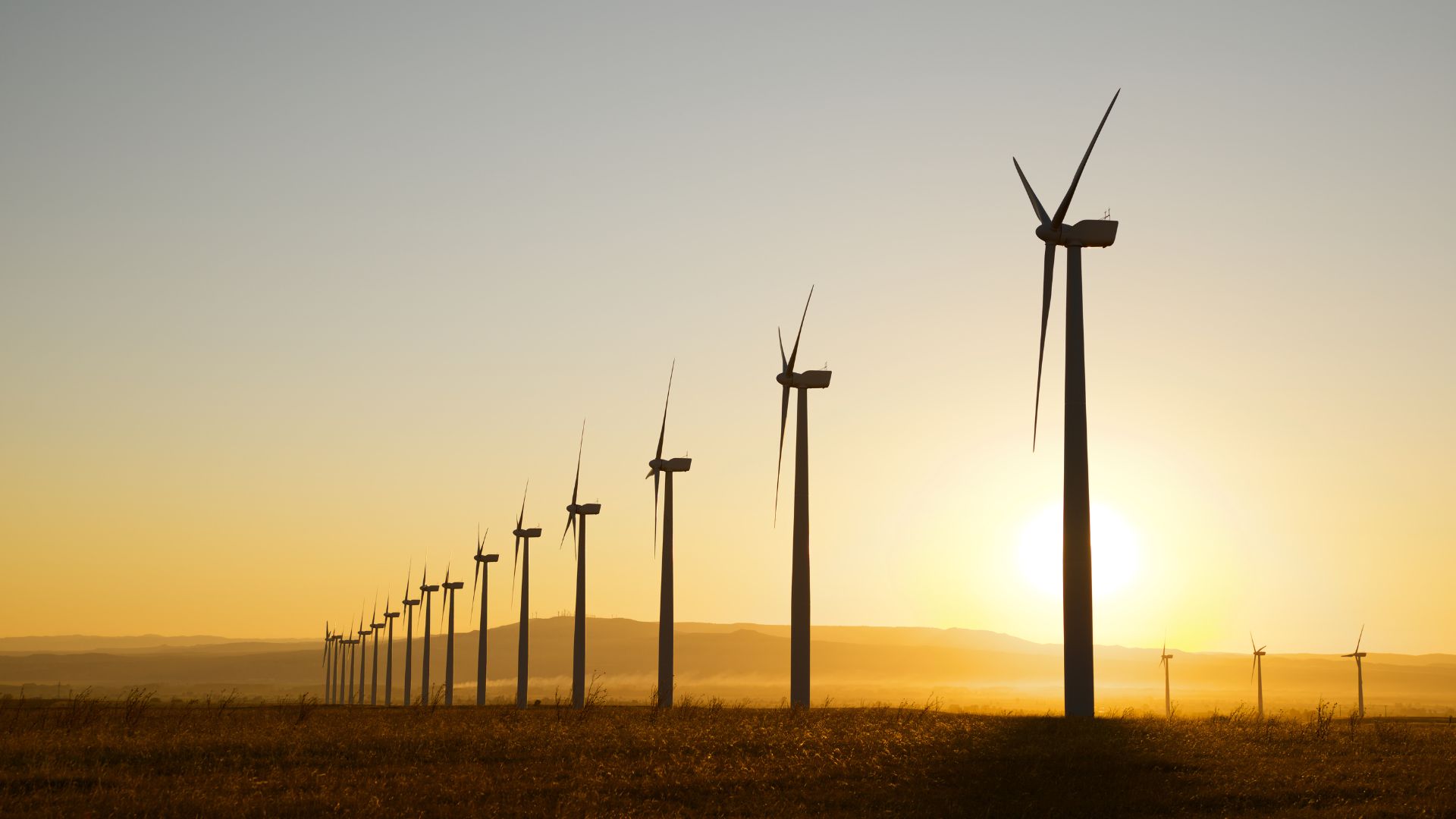Public hearing uncovers complexities of proposed Jackalope Wind Energy Project

File photo
ROCK SPRINGS – The public hearing in Sweetwater County on Wednesday provided little clarity on a proposed wind energy project, leaving more questions and underscoring the uncertainties ahead in a state historically dependent on fossil fuels.
Under the National Environmental Policy Act of 1969, the Bureau of Land Management must follow several steps before granting permission to proceed with a proposed energy project on public lands.
Wednesday’s meeting served as the initial stage. Its purpose was to gather public input and identify areas needing clarification for the subsequent phase, which entails preparing an Environmental Impact Statement.
“We are at the very beginning stages, and all questions regarding socio economics, environmental issues, and disposal of the turbines, etc., will be answered in the EIS,” said Kimberlee Foster, BLM Rock Springs field office director.
The proposed Jackalope Wind Energy Project, spearheaded by NextEra Energy Resources, aims to build 213 turbines across approximately 293,100 acres of both public and private lands. Of these, about 166,100 acres are owned by the Bureau of Land Management.
If constructed, the turbines would generate around 600 megawatts of electricity, which would be routed to the Jim Bridger Power Plant. From there, Pacificorp would decide on the transmission destinations. While the wind farm has the potential to supply power to roughly 250,000 households, it remains uncertain whether these homes would be located within Wyoming.
The BLM has outlined a range of potential impacts tied to the proposed wind energy venture. Among these are concerns over wildlife, with a spotlight on big game and special status species. Cultural resources and historic trails are also in the mix, along with the visual landscape and recreational activities.
Furthermore, the project’s surface disturbance could pose challenges for surface resources.
Notably, the state of Wyoming’s proposed expansion of the Sage-Grouse Core Area within the project zone may lead to the relocation of certain installations within the project area.
In addition to these environmental considerations, the project’s impact on local communities has also drawn attention. These include uncertainties regarding the disposal of the wind turbines, highlighting a pressing issue that remains unresolved.
Typically, turbine blades are expected to operate for around 25 years. And while Foster mentioned ongoing efforts by the Department of Defense to develop recycling methods for turbine blades, none are currently available.
Consequently, the majority of wind turbine blades in Wyoming end up buried in the Casper landfill. According to a report from 2020, Casper disclosed receiving over 1,100 turbine blades by that time.
This concern was raised several times during the meeting, Foster noted, reflecting a widespread concern among the public.
“It’s a concern I’ve heard a lot tonight,” she said. “That is another issue that will be addressed in the EIS, and then we can answer how they will be disposed.”
Foster also addressed the issue of job prospects associated with the project. While it’s unlikely most of the future positions will be permanent, the construction of the wind farm is expected to create numerous temporary jobs – another issue that will be addressed in the final EIS, she added.
Local officials also raised concerns about the potential impact of the wind farm on future oil and gas opportunities in the area. However, they received vague responses from company representatives.
“Their answers were incomplete and inconclusive and didn’t leave me with a full understanding of all of the ramifications of this project,” Sweetwater County Commissioner Taylor Jones said.
The EIS will also take into consideration existing minerals and resources on the BLM land, Foster said, which will be part of the determination process as to whether the company will receive the go ahead.
To finalize the project, NextEra still has to go through the Wyoming Industrial Siting Council, a division of the Department of Environmental Quality that oversees the construction of large industrial facilities in the state.
In addition, the company must also receive approval from Sweetwater County, which has some of the most stringent regulations in the country regarding wind farms.
The regulations, passed in 2012-13, require everything from reclamation efforts, socioeconomic effects, environmental impacts, transportation plans, wildlife preservation, noise regulations, aviation impacts, eagle takes, etc.
“I’m told a lot by companies that we have some of the strictest regulations out there,” said Eric Bingham, Sweetwater County Land Use Director. “There are a lot of issues to consider when approving these wind farms, and we wanted to make sure they were addressed before the county approved a project.”
Since passing the regulations, only one company has applied to build a wind farm in Sweetwater County, and it was denied for an incomplete application, Bingham added.
Representatives from NextEra declined to answer questions from the Rocket Miner, citing company policy against discussing the proposed project with the press. Instead, they provided an email address for obtaining contact information for a company spokesperson in the future.
Public feedback is being sought for the proposed Jackalope Wind Energy Project by the BLM. Comments can be submitted online or by mail within 30 days. For further information, contact Kimberlee Foster, BLM Rock Springs Field Office Manager, at (307) 352-0201 or kfoster@blm. gov.
This story was published on April 6, 2024.







